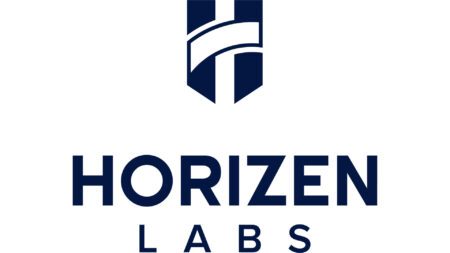Dash (DASH), an open-source digital currency platform and a form of decentralized autonomous organization (DAO), has recorded about 1,900 Terahashes per second (at the time of writing). Significantly, NiceHash (a Slovenia-based cryptocurrency cloud mining marketplace for hashing power) has been responsible for over 1,000 TH/s across more than 25,000 miners.
Single Wallet Controlling Most Of Network
Notably, three of the top four DASH addresses over the last couple thousand of blocks mined on the Dash blockchain are controlled by a single entity, according to an analysis conducted by a Reddit user. The redditor wrote:
This particular transaction has three of the four top addresses as inputs meaning one entity controls all three. These three alone gather 53% and more. You can also see this started 6 months ago/around September last year, and I think the fourth unknown pool also belongs to this entity yet it is separated on the blockchain. It started to gather a lot of hash at the same time.
According to the reddit user’s (/taipalag) research, the following addresses are being controlled by a single entity:
XbUutDsgJbf7Sjjq4omhusNtkT8ih1d7oQ
XkNPrBSJtrHZUvUqb3JF4g5rMB3uzaJfEL
XeMPcKeVDN9bkECGDC7ggtf9QsX5thgKAx
In total, these DASH addresses have mined over 26,665 Dash, an amount currently valued at $2.126 million according to CryptoCompare data.
Serious Threat To Blockchain Security
51% attacks pose a serious threat to the security of blockchain networks, especially for cryptocurrencies that have smaller networks.
Many analysts argue that digital asset platforms should be ASIC-resistant, meaning that miners must not be able to mine cryptocurrencies using specialized high-end hardware equipment. In addition to allowing all miners an equal opportunity to mine digital currencies, an ASIC-resistant network may be more secure.
Hashpower renting services such as Nicehash may also be a threat to a cryptocurrency platform’s security because someone could rent enough hashpower to launch 51% attacks on the Dash blockchain and other networks.
Protecting Dash Network Using “Chainlocks”
In order to protect the Dash platform from 51% attacks, the cryptocurrency’s developers are working on something referred to as “Chainlocks.” The Dash Improvement Proposal 8 explains:
When a node encounters multiple valid chains, it sets the local “active” chain by selecting the one that has the most accumulated work. This is generally known as the “longest-chain” rule as in most cases it is equivalent to choosing the chain with the most blocks. If both chains have the same amount of accumulated work (and in most cases the same block count), a decision can’t be made solely based on the longest-chain rule. If another block is then received which extends the non-active chain so that it has the most accumulated work, it becomes the active one. For example, even if a chain is currently 6 blocks longer than any other chain, it’s still possible that a shorter chain becomes longer and thus the active one. This is generally known as a chain reorganization.
Bypassing Dash’s X11 Algorithm
The above proposal aims to address issues related to both block reorganization attempts from 51% attacks and offers suggestions on how to improve the “longest-chain” rules which Dash has borrowed from the Bitcoin (BTC) protocol.
Clearly, an unknown entity has invested a lot of money into mining Dash with powerful ASICs. Dash’s X11 algorithm had been designed to block or prevent ASICs from being used to mine its native digital currency.
However, ASIC developers have been able to add more memory to their miners, which allows them to bypass restrictions imposed on mining by the X11 algorithm.
As CryptoGlobe reported recently, the Ethereum Classic (ETC) network has been exploited via a 51% attack, which allowed the hacker(s) to engage in double spending.









